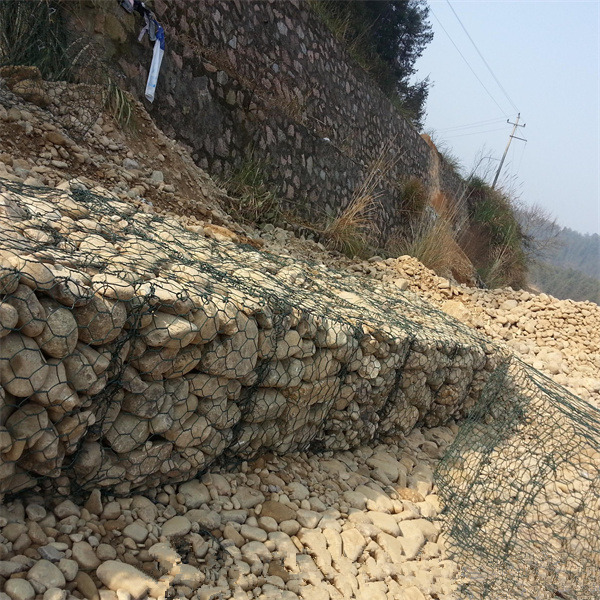Agu . 13, 2024 01:32 Back to list
Understanding Gabions Their Definition Uses and Importance in Modern Engineering and Construction
Understanding Gabion Definition and Its Applications in Factories
Gabions, a term derived from the Italian word gabbione, meaning big cage, are wire mesh boxes filled with rocks or concrete, often used for civil engineering and construction purposes. These versatile structures serve a variety of applications, particularly in factory settings, where they play crucial roles in managing water, providing structural support, and enhancing aesthetic appeal.
Definition of Gabions
A gabion is essentially a cage or basket made from galvanized steel or PVC-coated wire. These cages are typically filled with natural stones, concrete blocks, or other heavy materials to provide durability and strength. Gabions are designed to withstand significant pressure and can be stacked or arranged to form walls, barriers, or other structures. Their design allows for flexibility and adaptability, making them suitable for numerous applications.
Applications in Factories
1. Erosion Control One of the primary uses of gabions in factories is erosion control. Industrial sites may experience significant soil erosion due to water runoff or heavy machinery movement. Gabions can be strategically placed along the slopes of land or near water channels to absorb and redirect water flow, thereby preventing soil erosion. This is particularly important in maintaining the integrity of factory grounds and infrastructure.
gabion definition factories

2. Retaining Walls Gabions serve as effective retaining walls, supporting the weight of earth and preventing landslides. In factory settings where there are abrupt changes in elevation, gabion walls can stabilize slopes, providing a safe environment for operations. The porous nature of gabions also allows for natural drainage, reducing water pressure behind the wall and minimizing the risk of failure.
3. Noise Reduction Factories often generate considerable noise, which can be disruptive to surrounding environments. Gabions can be used as noise barriers, absorbing sound waves and reducing noise pollution. Their mass and porous structure help diminish acoustic energy, making them useful in settings where operational noise needs to be contained.
4. Aesthetic Landscaping Beyond their functional use, gabions can enhance the visual appeal of factory environments. When filled with visually appealing stones or crafted in artistic designs, gabions can become decorative elements within factory settings, contributing to a more pleasant workplace atmosphere. This can foster employee satisfaction and reflect a company's commitment to an aesthetically pleasing environment.
5. Flood Management In areas prone to flooding, gabions can provide cost-effective flood protection. By constructing gabion barriers along waterways, factories can mitigate the impact of flooding, protecting facilities and equipment from water damage. The structural integrity of gabions, coupled with their ability to handle water flow, makes them an ideal choice for flood defense.
Conclusion
Gabions are integral components in modern factory construction and management. Their multifunctional uses—from erosion control to aesthetic enhancement—underscore their importance in industrial settings. As factories continue to evolve and adapt to environmental challenges, the role of gabions will likely expand, offering innovative solutions for sustainable development. By harnessing the strength and versatility of gabions, factories can achieve not only operational efficiency but also contribute positively to the surrounding ecosystem and community.
-
HESCO Gabion Baskets for Coastal Erosion Prevention
NewsAug.22,2025
-
Longevity and Durability of River Rock Gabion Walls
NewsAug.22,2025
-
How to Integrate Gabion 3D Walls in Urban Planning
NewsAug.22,2025
-
Reno Mattress Gabion Applications in Civil Engineering
NewsAug.22,2025
-
How to Install Wire Mesh for Gabion Baskets Properly
NewsAug.22,2025
-
Best Materials for Filling a Chain Link Gabion
NewsAug.22,2025
-
Wire Mesh Thickness Impact on Gabion Wall Load Bearing
NewsAug.12,2025






